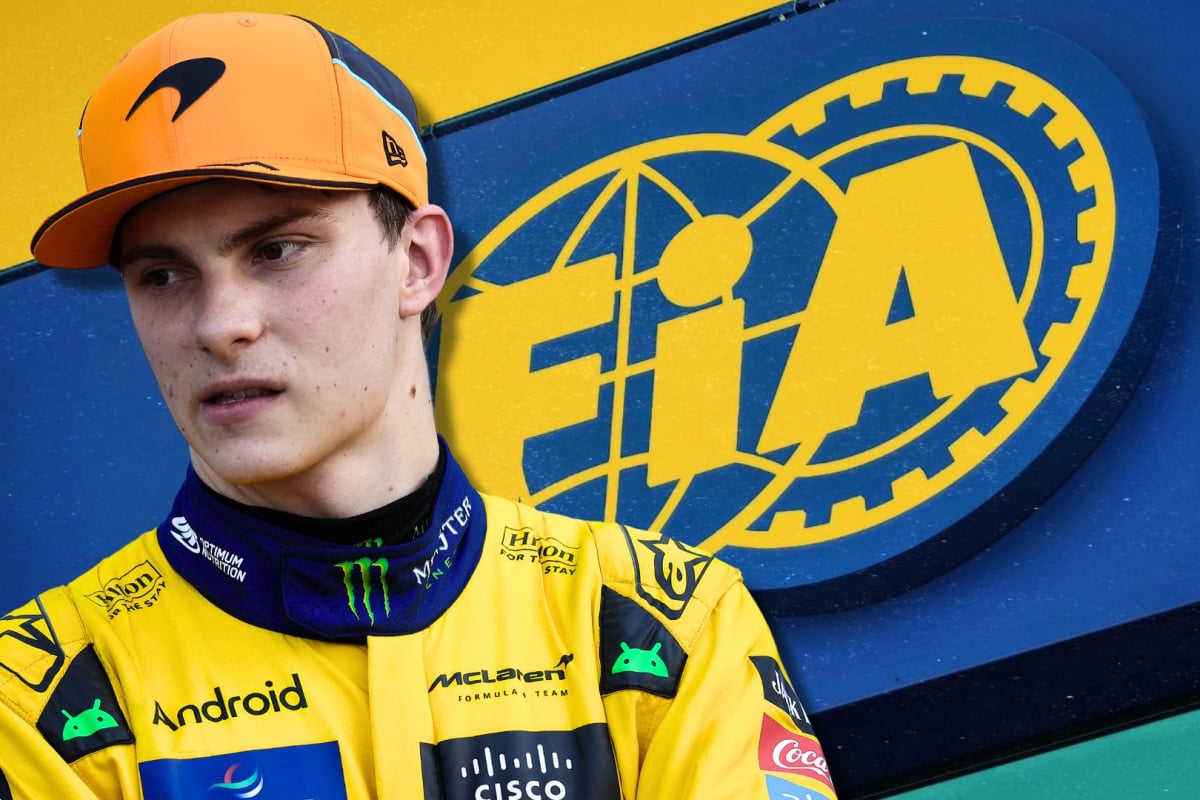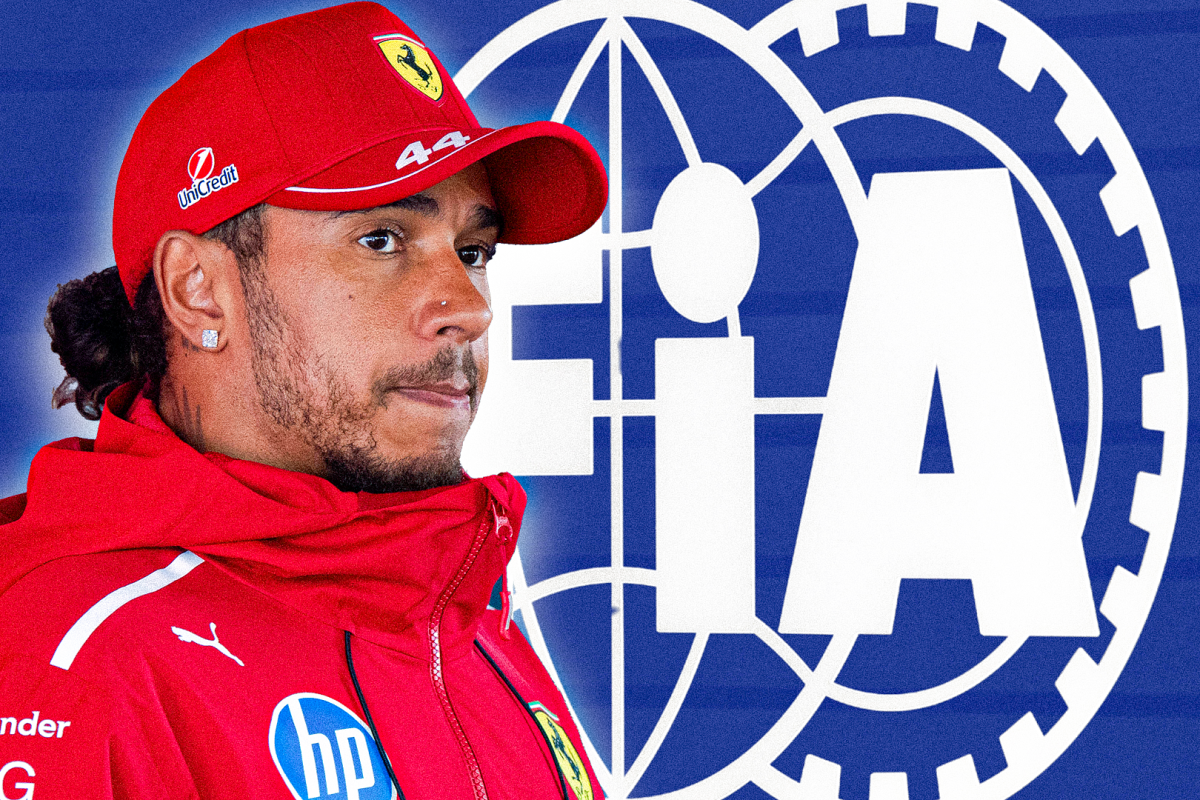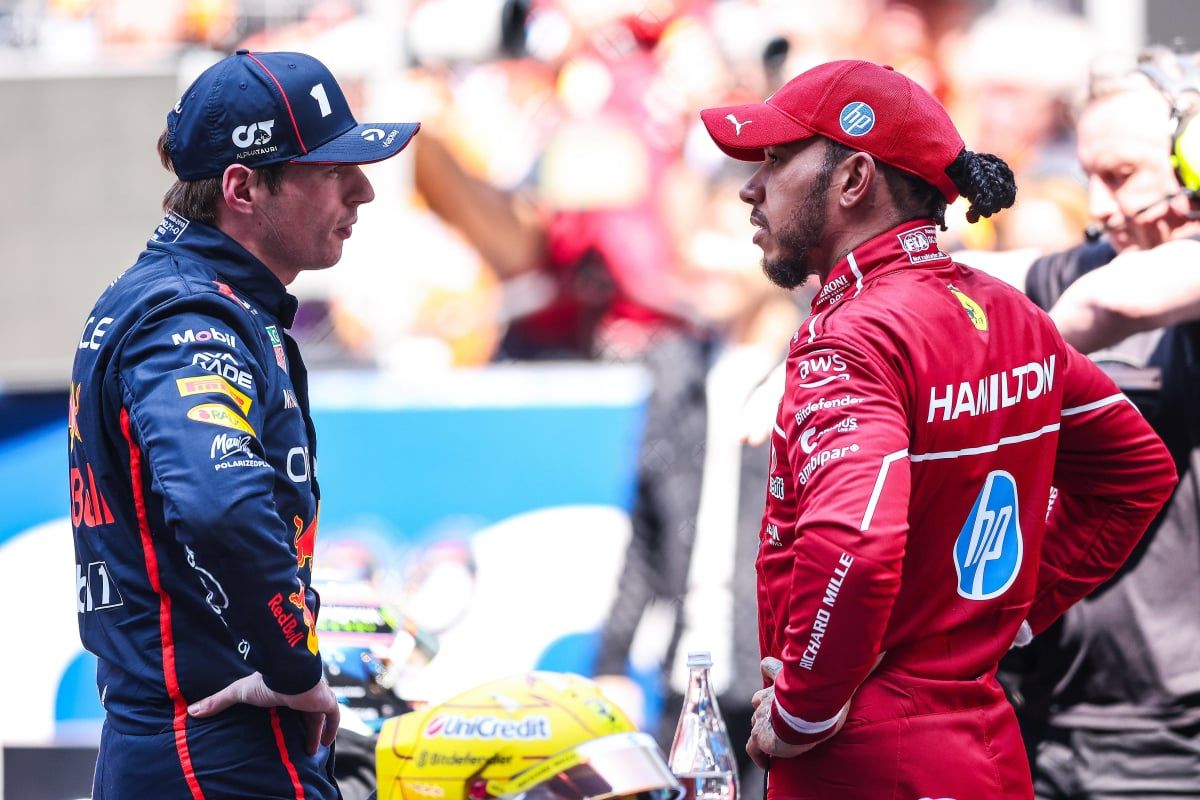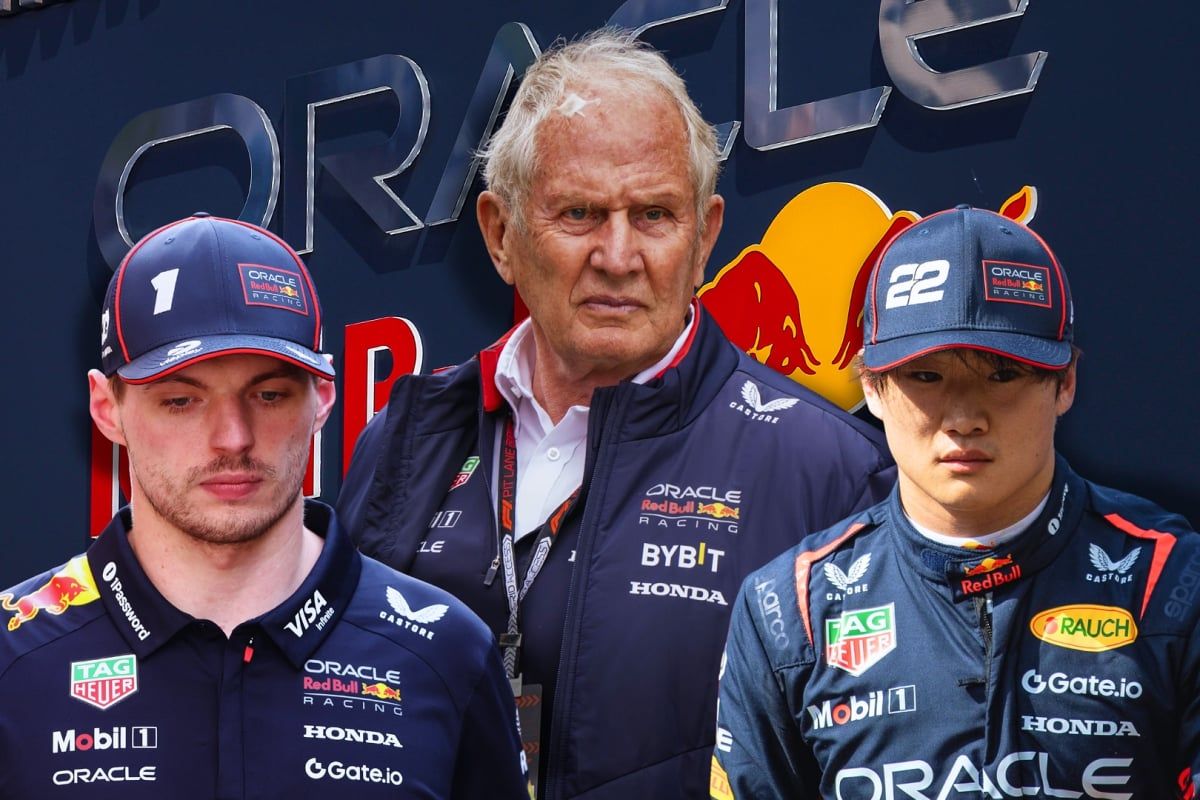FIA Announces Penalty for McLaren After Oscar Piastri’s Minor S…read more
The FIA has handed McLaren a penalty following a minor breach by Oscar Piastri during the first practice session (FP1) of the 2025 Canadian Grand Prix in Montreal. The incident involved Piastri exceeding the pit-lane speed limit—a seemingly small infraction that nonetheless resulted in a fine, highlighting the strict nature of Formula 1 regulations and the razor-thin margins that can make the difference between compliance and penalty in the sport.
During FP1, Piastri was recorded traveling at 80.3 km/h in the pit-lane, slightly above the mandated 80 km/h speed limit. While this may appear negligible—only a 0.3 km/h discrepancy—it constituted a clear violation of FIA rules. In line with standard procedure, stewards immediately investigated the breach. The result was a €100 fine imposed on the McLaren team, a minimal penalty that reflects the minor nature of the infraction but also reaffirms the FIA’s commitment to upholding consistency in rule enforcement.
Although the fine itself is small, it reinforces the concept that no deviation from the regulations—however slight—will be overlooked. The pit-lane speed limit is considered a critical safety measure, as the area is typically crowded with team personnel, equipment, and other drivers. Even marginally exceeding the limit can increase the risk of accidents or injuries. Consequently, the FIA maintains a zero-tolerance policy when it comes to pit-lane speed violations, regardless of how minimal they may appear.
This isn’t the first time that such minor speeding violations have attracted fines. At the same race weekend, Williams driver Alex Albon was fined the same amount after being clocked at 80.1 km/h in the pit-lane—just 0.1 km/h over the limit. Like Piastri, Albon’s breach was minor but warranted a financial penalty in line with FIA precedent.
F1 history is peppered with similar instances. In 2021, Red Bull were fined €1000 when Sergio Perez exceeded the pit-lane speed limit by a more substantial 40 km/h. More recently, Williams were fined €1000 for Carlos Sainz’s breach during the Japanese Grand Prix, when he went over the limit by 13.7 km/h. These examples put Piastri’s and Albon’s infractions into perspective, underscoring that the level of the fine is directly proportional to the severity of the breach.
What this latest penalty emphasizes most is the fine margins that dominate Formula 1, both on and off the track. In a sport where thousandths of a second can separate pole position from mid-grid, and where engineers obsess over minute details to extract performance, every rule is enforced with equal scrutiny. Whether it’s pit-lane speed, track limits, or car specifications, the FIA ensures there is no room for interpretation or leniency.
This principle was dramatically demonstrated earlier this season at the Chinese Grand Prix, where both Ferrari’s Charles Leclerc and Mercedes’ Lewis Hamilton were disqualified post-race after their cars failed technical inspections. Leclerc’s car was found to be 1kg under the minimum weight limit of 800kg, while Hamilton’s car had excessive wear—just half a millimetre—on the plank located underneath the chassis. These disqualifications shocked fans and teams alike, proving that even the most accomplished drivers and prestigious teams are not immune from the FIA’s strict regulatory standards.
For Piastri, there’s a silver lining: the fine, while embarrassing for McLaren, does not impact his standings or race weekend performance. More importantly, the cost was absorbed by the team rather than the driver himself, which is standard practice for such violations. Still, the incident serves as a reminder that attention to detail remains paramount at every level of Formula 1 operations.
In the high-stakes world of Formula 1, the tiniest misstep can lead to penalties, disqualifications, or even race bans. While some may view the penalty as harsh or unnecessary for such a minimal infraction, it underscores the sport’s unwavering emphasis on precision, discipline, and fairness. The FIA’s latest decision reaffirms that every rule matters—down to the decimal—and that even 0.3 km/h is 0.3 km/h too fast when it comes to safety in the pit-lane.
As the 2025 season continues, teams and drivers will be reminded once again that success in Formula 1 depends not just on speed, but also on perfection. For McLaren and Oscar Piastri, this small fine is a warning to be even more meticulous moving forward.




